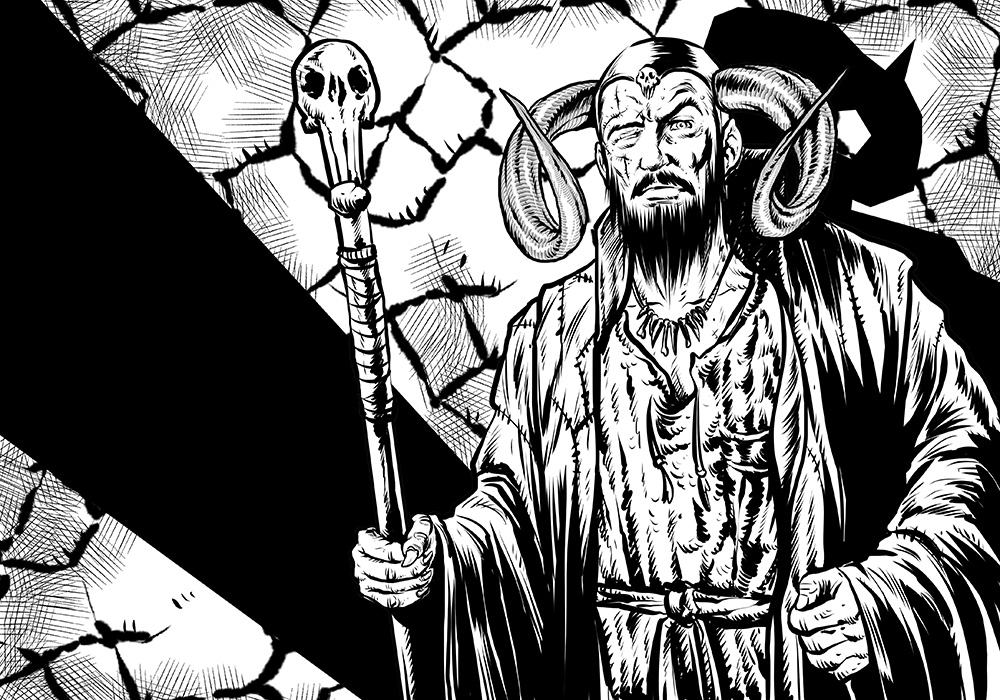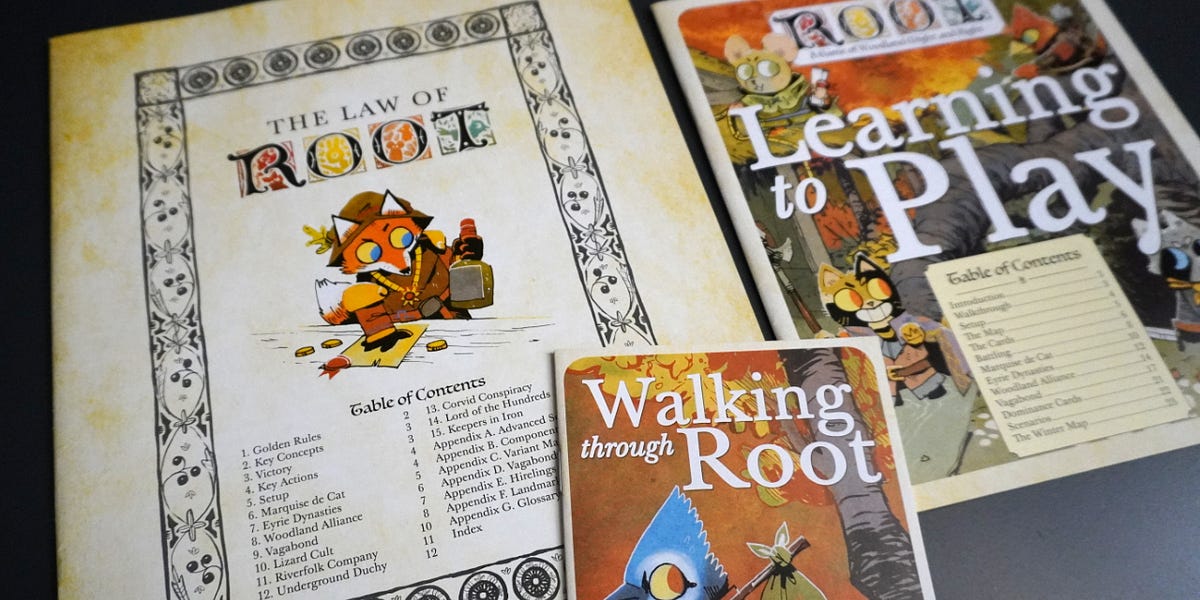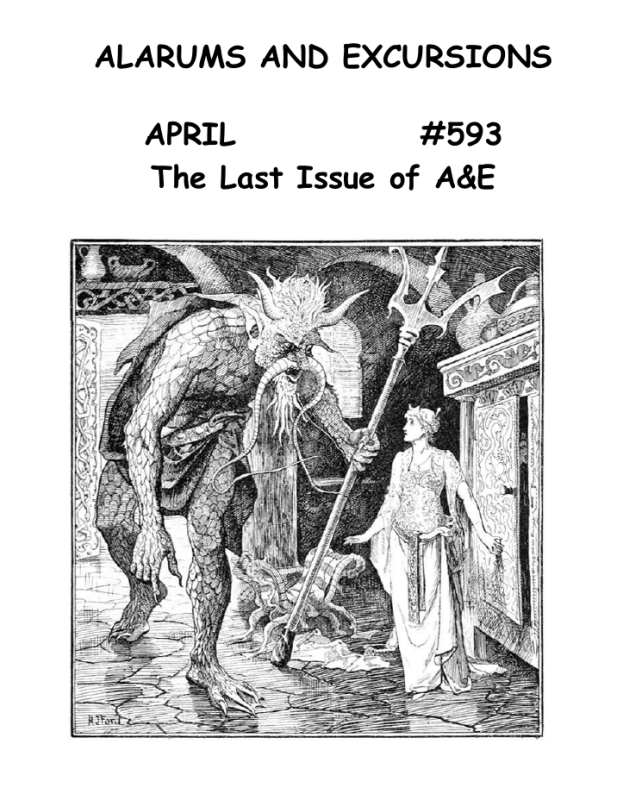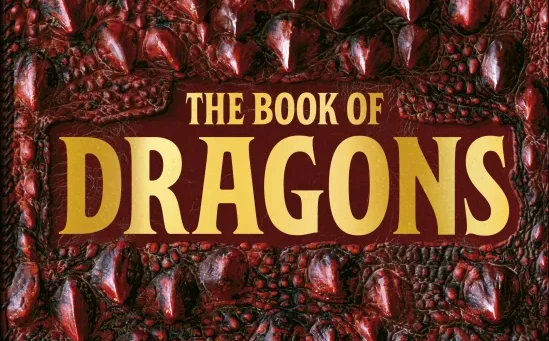SMOOSH JUICE
Meeting the Villain – And Letting Them Live

It’s a classic TTRPG punchline: the GM spends hours crafting a recurring villain—personality, motivation, master plan, and fatal flaw—and 20 minutes into his grand debut, the players kill him. This is followed by hastily retconning someone else into being the “real” head villain.
Some GMs use cults or cabals instead of named villains. Others hold back the villain until the final battle, when players are expected to kill him. These are valid approaches, and sometimes the best fit—but they shouldn’t be the default. Even a cult has a leader.
In this article, we’ll explore other ways a villain can be brought into a TTRPG, and let him walk away to continue the story.
Caught in a Diabolical Trap
A big reason villains die so quickly is the assumption that if they appear, they must fight. But there’s no need for that. A dark lord might dismiss the players as beneath his notice. A lesser villain might be cautious, value his safety, or need to establish an alibi for the authorities. Either type might simply have more important things to do.
Instead of attacking, have them trigger a different type of action scene. Depending on the setting, this could be springing an elaborate trap, siccing corrupt guards or local wildlife on them, or setting the building they’re in on fire and jamming the doors.
When setting such a scene, avoid letting the villain monologue. It’s tempting for the GM, but players tend to find it boring and irritating, and often respond by attempting to jump him. Keep it to one or two lines, and give them weight—reveal the next phase of the villain’s plan, or offer a chilling new threat that they’ll have to stop.
(Seth Skorkowsky has a great video that dives into why villain monologues often fail—it’s well worth a watch.)
Seth Skorkowsky – The Villain Monologue
A Powerful Neutral Keeps the Peace
The players can’t attack the villain because a neutral third party is present—one powerful enough to take offense.
For major villains, this might be a dragon, ancient spirit, or similar entity. For minor ones, it could be the city guard or police—though you’ll need to establish ahead of time that they can and will stop the players, and that doing so has real consequences. Still, plan for what happens if the players try something anyway. You’ll probably need it.
When running this kind of scene, make sure the players have clear goals. (This is always important, but especially here—GMs often find these scenes so inherently interesting that they forget to give players something to do. That almost never works.)
The most common objectives are either:
- Convincing the third party to side with them, while the villain argues the opposite.
- Both sides are trying to steal something while not tipping off the neutral party—and the villain won’t expose the players, since doing so would put the prize out of his reach permanently.
Running To the Rescue – Elsewhere
Another way to keep players from attacking the villain is by having them urgently needed elsewhere. They can fight the minions and close in, only to learn that a city is about to be destroyed—or a rare magic item lost—if they don’t act fast.
This approach has two major risks. First, the players might choose to ignore the emergency and focus on killing the villain. For that reason, it’s best used with a lesser villain—like a chief henchman—rather than the big bad.
It also helps to include a friendly NPC who can urge them to leave, and to make killing the villain possible but uncertain. That reduces their incentive to stay, and if they do, you’re not stuck. They might still fail.
Second, this setup can frustrate players to the point of hurting the game’s fun. To avoid that, make sure they still accomplish something meaningful—hurting the villain’s plan or organization in a major way—so they leave feeling victorious. Also, avoid having the warning come from the villain—it makes leaving feel too much like giving him a win.
The Indirect Meeting
The simplest way to bring a villain into a game without risking a fight is to not have him show up in person. He might speak through a dream, a magical illusion, or a remote construct like a golem. In modern settings, it could be a phone call or a Zoom meeting. If you want something flashier, have the villain’s face flicker onto their computer or TV screen, and start speaking to them as though he’s been there all along.
But similar to the neutral third-party scene above, the setup alone isn’t enough—you need to know what the villain wants from the interaction. Without a clear purpose, the moment will fall flat. I recommend combining at least two conversational goals to give the scene depth.
Ideas for conversational goals include:
- The villain might be trying to deceive them, feeding them a lie wrapped in compelling truths. Ideally, it’s not a blatant falsehood, but a cleverly framed fact designed to mislead. This kind of lie keeps the story moving even if not believed, and avoids the kind of plot derailment that a successful red herring can cause. Just don’t force your players to fall for it.
- He might offer a deal, often in exchange for information. If so, make it tempting enough that neither accepting nor declining feels easy.
- He could issue a threat, not to the players (that would be too routine), but to an ally or to innocents. This could lead to the players needing to do something to avert the danger.
- Maybe he presents a challenge—a riddle or a game that fits his personality and gives him a way to size them up, with a prize for winning.
- In some cases, especially with lesser villains, he might even warn them of a different threat. They won’t be allies, but the players may still need to take action on the warning.
The Villain’s Overwhelming Might
The last way to keep players from killing the villain is to make him too strong—or too well-protected—for it to be possible. While I’m placing this near the end of the article, it’s often used early-on in books or movies, as a way to showcase the villain’s power.
The problem is making sure the players don’t get themselves killed. Unlike movie characters, players aren’t usually subtle and rarely show caution. They certainly won’t grovel, even to buy time.
So if you use this method, be ready with a distraction. News that calls the villain elsewhere works well—it gives him a reason to leave, dismissing the players as beneath his notice. He walks off, leaving a few minions or a spell behind. That’s something they can deal with.
Making the Villain Known – In His Absence
While I’ve presented this article in terms of face-to-face meetings with a villain, those should be rare. There’s a reason for the saying “Familiarity breeds contempt”—and it applies especially well to villains. Any antagonist who constantly does his own legwork quickly starts to look pathetic.
For most of your campaign, especially if the villain is powerful, the players should encounter him indirectly. One method is through rumors—small mentions in NPC conversations about his actions or reputation. Another is destruction: if he’s pursuing a goal, the players might arrive at a village he’s razed, or come across the bodies of those executed under his rule. You can also use a signature: some villains leave behind a mark—a carved glyph, a mocking message, or some other calling card to show they were here.
When using these methods, vary them to keep things fresh, and if you can tie them to plot relevant information, all the better. These touches build presence without overexposure—and let your villain feel large even when he’s nowhere to be seen.
Villain Personality and Style
One of the best ways to make your villain’s presence felt—even when they’re not physically there—is to give them a distinct style. Many games do this through a visual theme like ice, fire, or undead. That works, but you can go just as far, and often further, by focusing on the villain’s personality instead.
How does he operate—through brute force, flamboyance, or quiet subtlety? Does he maximize casualties to send a message, or minimize them to stay efficient? Does he prefer powerful minions, or fast ones? How much independence does he allow them?
For GMs looking to go deeper, consider how your villain prefers to engage the heroes. Does he favor ambushes, betrayals, or sudden shock attacks? Each of these can be narrowed down into a specific style—but keep in mind, players won’t fall for the same trick twice. If you can build variety within a theme, though, this kind of consistency can make your villain feel distinct and memorable.
Conclusion
A villain is a vital part of many stories, and you shouldn’t hesitate to bring yours into the game. Whether your villain is a crafty schemer lurking near the party or a dark lord directing minions from afar, I hope these ideas help you personalize them—and keep them alive to trouble the players another day.
This post is brought to you by our wonderful patron Chuck, supporting us since September 2018! Thanks for helping us keep the stew fires going!








